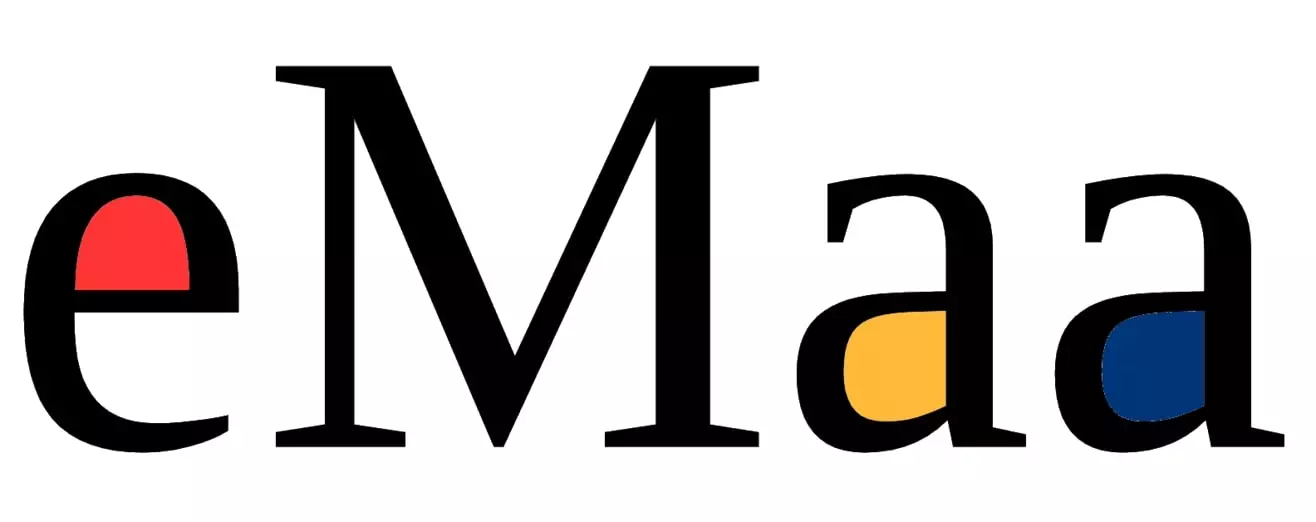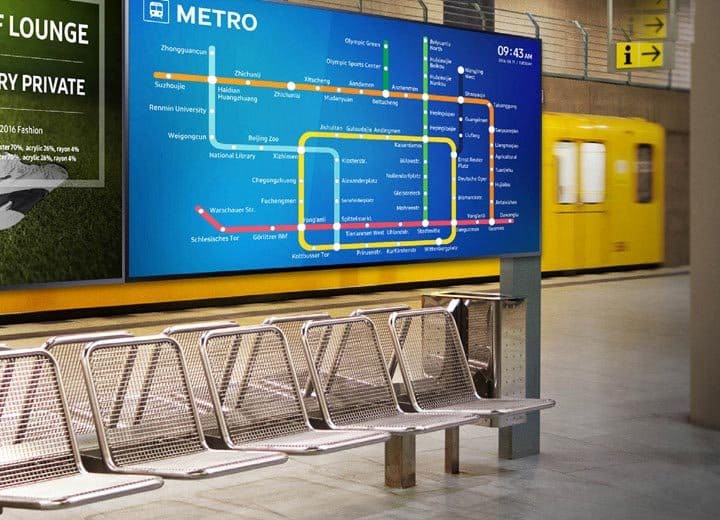The digital world and the physical world are becoming more and more integrated, and nowhere is that clearer than with interactive wayfinding. This is more than just putting some maps up on a screen. People today interact with visual information in a number of ways, and there are some simple but effective best practices you can follow during the design process to ensure your digital wayfinding is clean, clear and easy to use.
The first few seconds of a first impression are everything. It’s why many of our great customers go down the digital signage route in the first place. When people enter their buildings they want to know where they’re going - fast. Digital wayfinding helps them unlock access to every designated public area, without having to wait at reception first.
Here are some of the benefits that come with digital wayfinding software solutions.
Make navigation easier
We’re a generation of Google Maps users which means that when we need to get somewhere, we’d rather do it alone. When potential employees, visitors or guests arrive at your building, providing them with the tools to navigate independently is a gift. Digital wayfinding can be added to any screen, tablet that you already have positioned in your lobby or corridors. This ensures your visitors can navigate from anywhere and can check in at any time if they need a direction refresh.
Make fast updates to floorplans
With printed maps and static signs, everything becomes out of date quickly. Names are changed, offices are moved and in hospital setups, the path you want patients to take can differ hugely from one week to the next.
Digital screens are always up to date and more importantly, can support you in emergency situations or when you need to react fast.
Color-coding maps
This is another way to make the wayfinding process faster and more memorable for visitors. Take inspiration from examples you've seen elsewhere, or use your brand identity colors, but always have a rationale. For example, maybe all the meeting rooms are one color, all the break rooms another. Don't just do this to make it look nice, and don't use a hundred colors – it needs to make sense and be useful to your audience. It also might be more cohesive if you match the actual colors in the building with the maps. So, if a particular area has green walls, make them green on the map as well.



